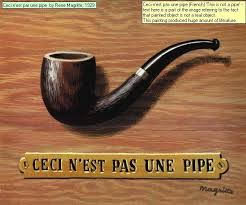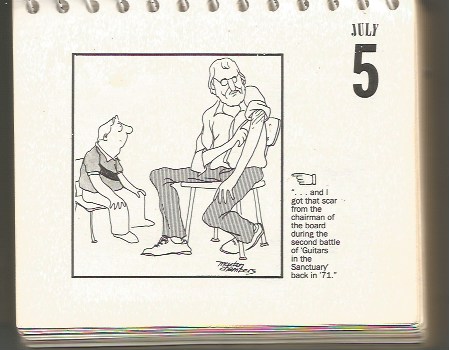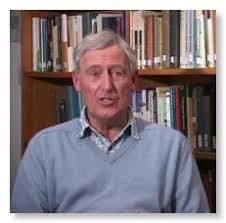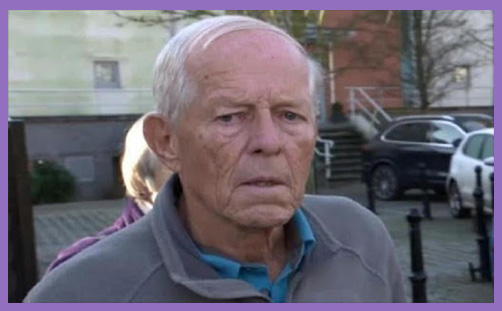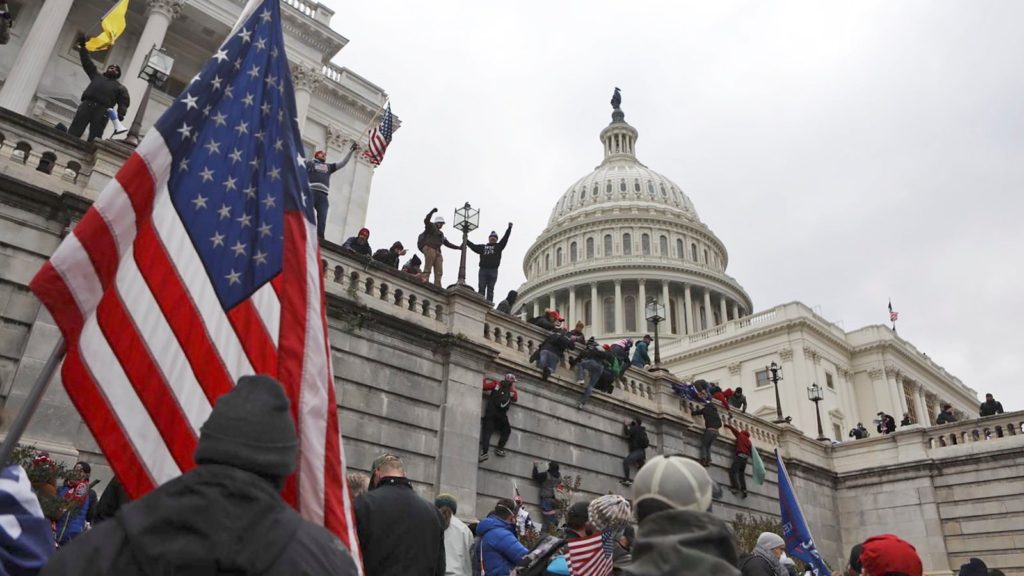
The recent ‘insurrection’ in Washington DC, by supporters of outgoing President Trump, reminded many of us of other events in history involving crowds, like the Storming of the Bastille. The blog post that follows is on the topic of crowds, but it is not about history. Rather it attempts to think about the psychological processes that are on display in crowd settings. Some crowds are better described as mobs when demagogues like Trump seek to incite his followers to commit violent acts in the name of a political cause.
A mob/crowd becomes a coherent entity whenever a large group gathers for some common purpose. Random collections of people who happen to be together do not constitute a crowd in the sense that I am trying to describe. The crowd which has some sense of common purpose will also have some rudimentary structure to accomplish its purposes. It may come into being as the result of a dramatic political event like a revolution. Alternatively, it may be formed to support a football team, playing a crucial match. Some crowds are deliberately created by the activities of a demagogic leader like Trump or Mussolini. In a political setting, a crowd/mob can turn into something really powerful and even frightening. Governments and people in authority have known over the centuries to fear the mob. It is not just the fact that a thousand people armed with the simplest of weapons can do a lot of damage to their surroundings; it is also the fact that the sheer energy of a crowd that comes into being, when roused by a leader, can unsettle peaceful cooperation within communities for years. Thousands of people united into a crowd by a common purpose do and have changed history. America will never be the same after the events in Washington on the 6th January 2021.
The study of crowd psychology has always fascinated me. This is in spite of the fact that nearly all of the dedicated literature on the topic originated abroad and even today I am not aware of a single scholar in the UK who is currently writing on the subject. I may of course simply be out of date but that is what I found when I tried some years ago to do some serious reading on the subject.
What is crowd psychology? A better place to start is to ask the simple question. What was my experience the last time I was part of a crowd? It might have been as an onlooker at a football match. It might have been as a theatre goer or as an attender at a large Christian charismatic gathering. It may have been when attending a political gathering of some kind. Some of us avoid crowds precisely because we dislike what we feel they do to us. As a broad generalisation we can suggest that in a crowd we feel depersonalised; our being in a crowd changes the nature of our consciousness. Whatever kind of crowd (or group) we are in, there will be some level of change in the way we experience the outside world. In many crowd situations, people are aware of a powerful pressure to merge, partly or completely, with the thinking and feeling of the other people in the group. This would be especially true of a political gathering. (There have also been many studies of the pressures felt by members of juries to conform) When Trump spoke to crowds of his supporters, he knew exactly when to introduce the uniting chant of ‘lock her up’ or ‘stop the steal’. It takes quite a determined act of will by individuals in the crowd not to join in such chanting. How much easier it is to go with the flow and shout with the rest?
The first popular book on the topic of crowd psychology was by a Frenchman, Gustave Le Bon. He was writing in the 1890s, so his reflections were available to the 20th century political orators, especially Benito Mussolini and Hitler. Le Bon’s observations resonated with the time. Governments everywhere were aware of the raw power of revolutionary movements involving mobs, such as the French Revolution or the other revolutions that disrupted many European countries in 1848. There was an appetite to understand and thus perhaps control or channel this raw energy which could be such a threat to the established order.
Le Bon was, according to his critics, not an original thinker but a populariser. We in Britain can forgive him this, since, in translation, his book, The Crowd, was the very first attempt to get the English reader to think about the topic of crowds, using the available tools of psychology. He began with the basic observation that a crowd is, psychologically, a different reality from an accidentally gathered group of people. A crowd in this understanding can always be said to have a common purpose. It is this common purpose which has brought it to occupy the same physical space at the same time. The one who participates in the collective mind or common passion/cause of a crowd will very quickly discover that the dominant thought of the group is one that quickly and easily comes to fill the individual’s consciousness. In this way the crowd makes the group into a single being or subject. In Le Bon’s words, we discover ‘the law of the mental unity of crowds’.
From these observations we can repeat the idea that individual thinking, feeling and acting work differently according to whether we are in a crowd or alone. When we are in a crowd, our experiencing and feeling seem to draw on a primal, even primitive level of functioning. This is one that all human beings share in common. The more individual creative and intelligent parts of human functioning, those that we each build up over a lifetime, seem to drop away. Instead of intelligent processing of information, Le Bon noticed the way that the individual in the crowd operates out of the more primitive and instinctive parts of the psyche. There is a failure to consult intellect or reason and this results in the crowd/mob’s tendency to embrace extremes of political/religious thinking. Such extremes are articulated in the political ideologies on the ultra-right or left. Religious extremism can also be rooted in the same primitive and sub-rational roots. The crowd is not the context for weighing up and considering dispassionately competing views and opinions. It will prefer members to use the simplified slogans and propaganda ideas given to it by the leaders. Among the many changes that can take place in a crowd is the ability for the individual to feel enormously powerful. There is a sense of being able to tap into the power of the group so that some feel invincible and thus indestructible. There is also a susceptibility to what Le Bon calls contagion. In other words, a idea suggested by the leader through the tools of propaganda can come very quickly to occupy and even take over the awareness of every single member of the crowd. This capacity for identical feelings and sensations to spread rapidly across crowds, helps us to have an appreciation for the dynamics of crowds in other contexts. Some of us have experienced some similar dynamics in Christian charismatic settings.
In short, the immersion of the individual in a crowd/mob can have the effect that he/she is persuaded to behave in a way that may be quite contrary to their non-crowd behaviour. Usually individual behaviour is something which is rooted in reason and personal morality. In the crowd there is a kind of hypnotic fusion with others in the group and this may result in behaviour quite out of character and contrary to the normal system of personal values. This hypnotic and primal group way of thinking or not thinking can sometimes result in impulsive risk taking and a failure to look after one’s best interests. Sometimes this impulsive risk taking is interpreted as human courage. But simultaneously a capacity for sacrificial self-giving is sometimes accompanied by a new potential for ferocity, hatred and violence. This is never seen in the person’s normal life. Another way of putting it is to suggest that in a crowd, the individual slips down the ladder of civilisation. Acts of apparent heroism appear alongside those of hatred and brutality.
The dying days of Trump’s presidency, especially the events of January 2021, have given us some insight into the primal and toxic behaviour of crowds. Ironically, many who are part of the Trump mass cult see themselves as Christian, being normally moral and selfless human beings working for a higher cause. The reality for them in a crowd seems quite different. Thanks to crowd studies initiated by Le Bon over a hundred years ago, we can see taking place an eruption of primitive impulses into American society. Some of these have been activated in a physical crowd setting while the same primitive passions may have been caused by the virtual crowd settings created through the internet. Many of these will take a generation or more to heal. The ability of politicians (and churchmen) to understand better these dynamics, will perhaps protect all of us from the malign effects of crowd/mob thinking and behaviour in the years to come. Sadly, I do not detect that there is much understanding in our national or church life for these insights or even a desire to make this exploration. Failing to understand crowds and crowd behaviour will make us potentially far more vulnerable to their disastrous and damaging impact.
